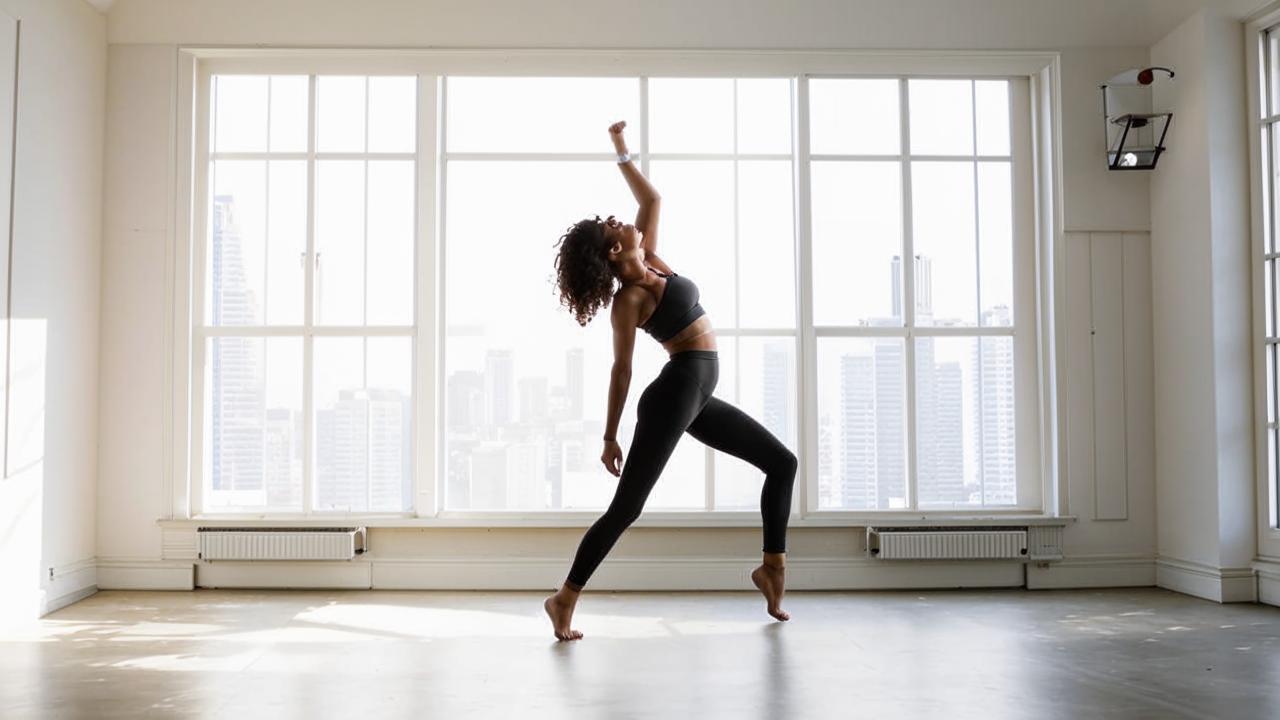When walking, we are accustomed to resting on the whole foot, and we tiptoe only when we need to move as carefully as possible. For example, so as not to wake someone up. Meanwhile, scientists have found out that regular walking on socks has a powerful positive effect and even contributes to weight loss.
We tell you how to walk to get rid of extra pounds.
How does a person walk?
A group of scientists from the American University of Utah studied the relationship between the position of the foot when walking and the energy expended. At the beginning of each step, a person places the heel on the floor and then shifts weight to the toe. Humans inherited this mode of locomotion from monkeys, which do not usually walk long distances on the ground. In most mammals, the heel does not touch the surface while walking. For example, dogs and cats walk on the pads of their toes, and horses and deer move on tiptoe.

According to the scientists’ hypothesis, ancient people preserved such a way of movement to save energy during a long hunt on foot. After a study conducted by specialists, this assumption has been scientifically confirmed.
What kind of walking uses more energy?
The experiment involved 27 volunteers – mostly athletes between the ages of 20 and 40. Each subject walked and ran in three different ways:
- with the foot landing on the heel;
- with the foot landing on the sole and the heel slightly raised;
- with the foot landing on the toes and a strongly raised heel.
Of the participants, 11 performed the task wearing special masks to monitor oxygen consumption. In addition, they walked on special plates that read the force with which a person presses on the ground when stepping. Another 16 volunteers were connected to equipment that monitored the activity of muscles involved during walking and running.

The study recorded the following results.
First, walking with the foot on the heel is the most energy-efficient way of moving. 53% less energy is expended this way than walking on the pads of the toes. Those who walked on their tiptoes expended 83% more energy than people who started their stride with their heels.
Second, walking on the toe pads increased the activity of the core muscles of the ankle, knee, hip and back.
Third, when running, the difference in energy consumption depending on the way of foot placement is minimal. Therefore, the standard mode of human locomotion is only economical when walking.
Why does this happen?
Scientists suggest that one reason for the economical way of walking in humans is the unusual foot structure for mammals: a large heel bone, a powerful and sturdy big toe, positioned parallel to the index toe.

“These features are characteristic of monkeys and provide the mechanical basis for an energy-efficient mode of walking. That said, humans expend more energy to run than most other mammals. We are healthily adapted for long-distance running, but human sprinting ability is lower than in many animals. This is due to an energy inefficient running style,” explains study leader, biology professor David Carrier.
What does this mean?
The results of the study by American and German scientists should help specialists in the medical field, particularly in the fight against back pain. But the conclusions of this experiment also have practical applications. It turns out that walking on tiptoes contributes to a faster burning of calories, as well as strengthening the ankle, back, knees and hips.
Of course, you should not completely abandon your usual way of moving. However, daily walking on socks for five minutes will strengthen the muscles involved in walking, and at the same time get rid of excess calories and get closer to the desired figure.





